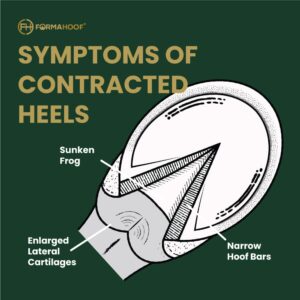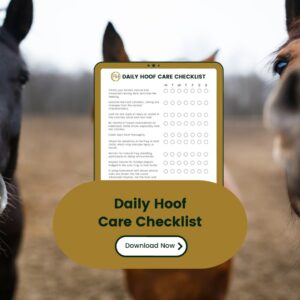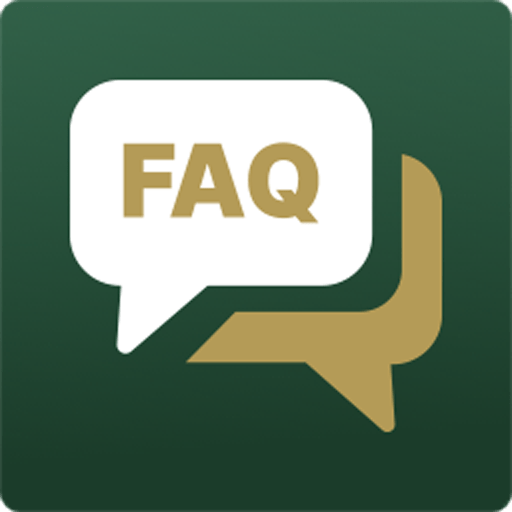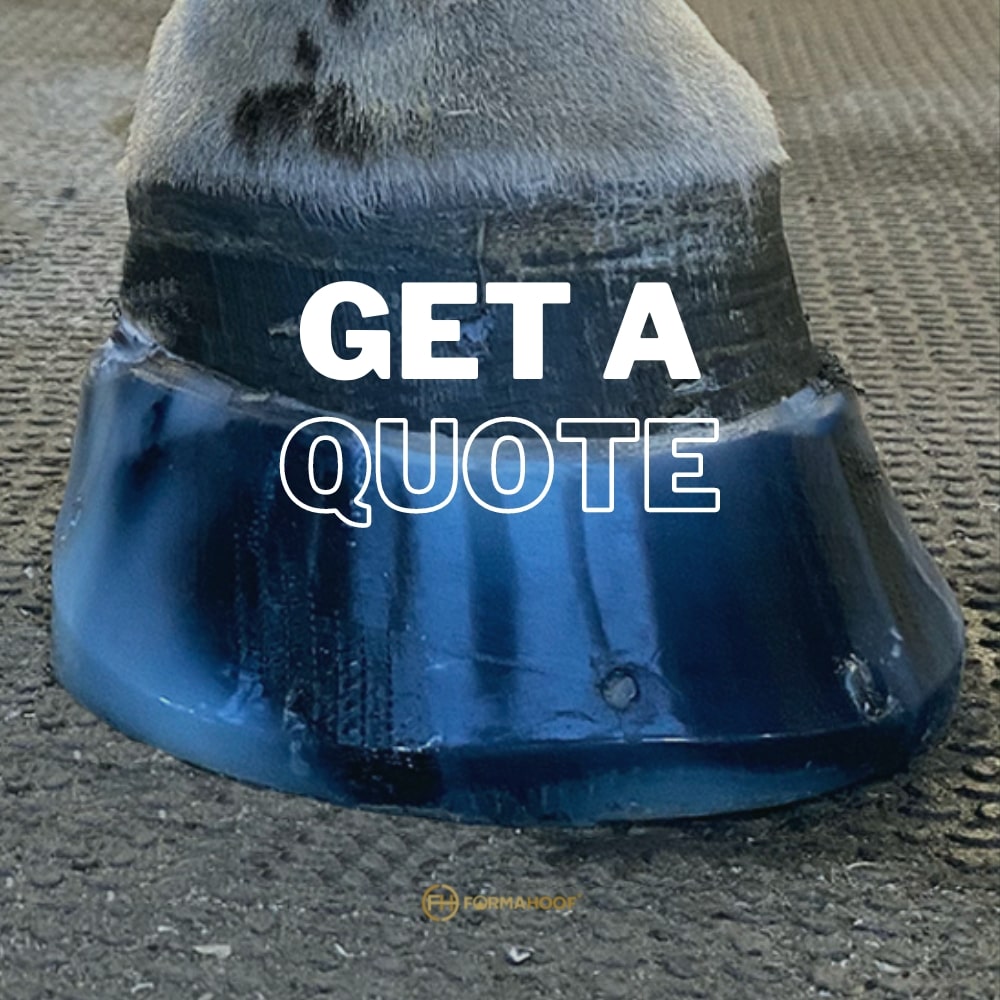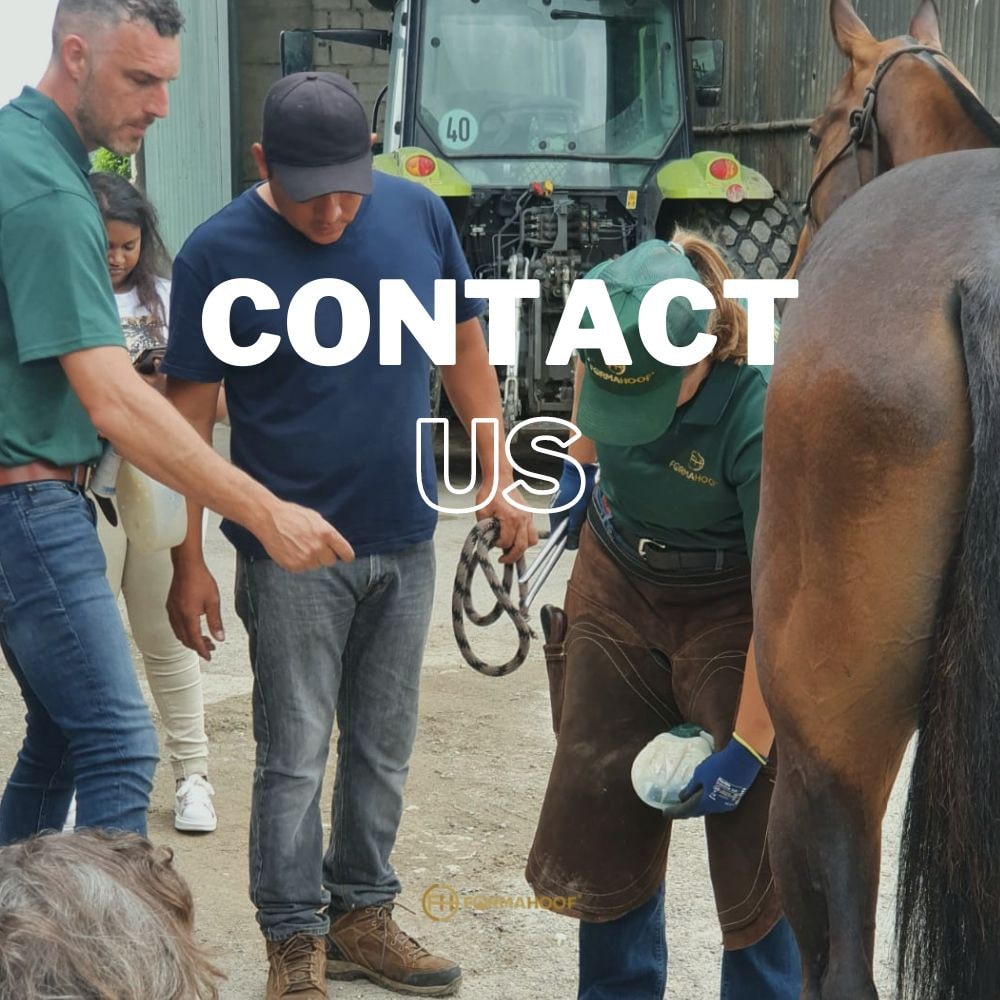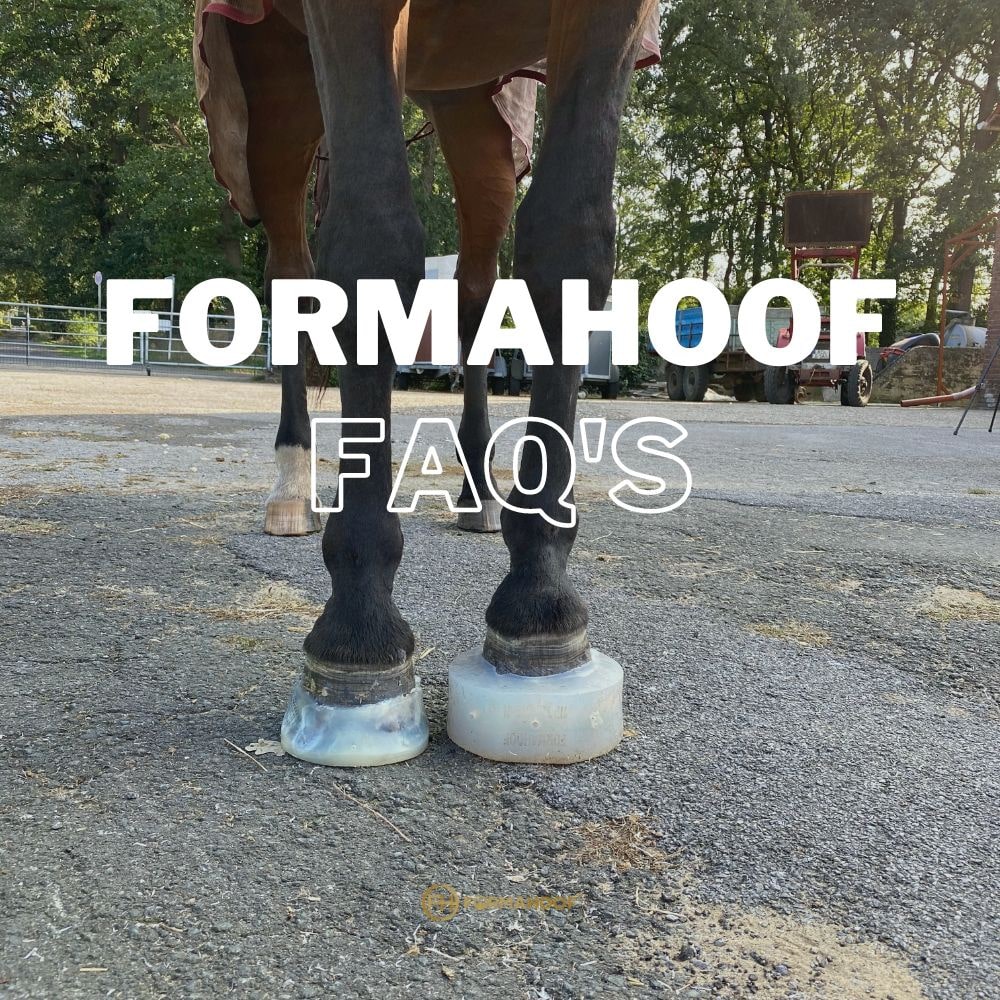Feeding a horse is an important part of horse ownership, and there are many myths out there about what types of food horses should or should not eat. To help you make the best decisions for your four-legged friend, this guide will explore the basics of horse nutrition and dispel common myths and misconceptions.
In our latest blog, Lisa Elliott, MSc, helps to bust some common nutritional myths and explains the right feeding principles to support all round optimum health, which in turn should support the healthiest hooves.
Myth #1 – Protein Will Make Your Horse Fizzy
This is probably the biggest horse feeding myth around, which has arisen because feeds higher in protein are always higher in energy, often resulting in exuberant behaviour. Protein can be used as an energy source, but this is normally only when the dietary energy supply is not adequate. Excess protein is excreted in urine. Excessive protein in the diet is probably not ideal for health reasons but it certainly won’t make your horse excitable.

Protein has a more structural role and is a key part of the structure and health of your horse’s hooves. Hooves are made of protein, a specific protein called keratin. Protein is one of the most limiting nutrients for hoof health and growth and if enough isn’t provided in the diet because of an unfounded idea that too much will cause ‘fizziness’, hoof growth will be poor. It is, therefore, essential that your horse’s diet provides enough protein to create the keratin needed for strong, well-functioning, healthy hooves.

Myth #2 – If A Horse Lacks Energy He Should Be Fed More
A lack of fitness is commonly misinterpreted for the need to feed more energy, but feeding your horse extra energy will normally just result in the horse getting excitable in the short term or getting fat. Extra feed means extra calories, and as calories are just a measurement of energy you cannot add energy without adding potential calories, which can result in weight gain. If your horse becomes overweight, then their risk of developing laminitis increases, which is a significant risk to hoof health.
The key is to look at whether your horse is fit enough for their work and in the right condition for optimum performance. An overweight horse will be lacking in energy so it’s important to look at reducing calorie intake and increasing calorie output through increased exercise, so they are better able to cope with work demands. A horse that has optimum fitness for their work should not lack energy, simply because the amount of energy generated from feed increases with fitness.
Myth #3 – You Shouldn’t Let A Hot Horse Drink
This is another common and potentially detrimental myth, which has no scientific backing whatsoever. Water losses from work need to be replaced. Withholding water either during or after exercise can lead to dehydration, which is a serious health issue.
Drinking large volumes of very cold water when the horse is hot is probably not ideal, just as it wouldn’t be ideal for us after exercise. However, moderate amounts of water are fine. It is far more important for the horse to regain the right fluid balance, so if your horse wants to drink during or after exercise then you should let them.

Water is vital for cellular functions that help keep hoof tissues hydrated. Adequate water intake is crucial to maintain dermal blood flow to the hoof and deliver nutrients to the essential hoof cells which support growth. Water is also important in keeping the hoof strong and elastic so it’s essential that your horse is always fully hydrated, whatever their work level.
Myth #4 – Horses Shouldn’t Have Any Food Before Work
Withholding food before exercise is often suggested for working horses but it’s a myth that horses should not be fed at all prior to work. In fact, quite often the opposite should be applied. Feeding forage or a small fibre meal before work is beneficial for two reasons: firstly, the saliva produced from chewing helps buffer stomach acid, and secondly, fibre forms a mat in the lower section of the stomach, which prevents acid splashing up and causing ulcers in the unprotected top section. Feeding cereal based meals directly before work, however, is best avoided and is generally much better after exercise to help replenish glycogen stores.
Myth #5 – All Cereals Are Bad For Horses
Cereals are often portrayed as bad due to the starch they contain. Horses have a limited ability to digest starch, so if too much is fed, undigested starch can reach the hindgut and cause digestive problems. Starch is broken down quickly to simple sugars such as glucose and the resulting sugar peak can result in excitable behaviour. However, small amounts of ‘fast-release’ energy from cereal starch, alongside sources of slow-release energy like oil and fibre, can be beneficial for harder working and performance horses. The key is not to overfeed cereals, keeping meals small.

Additionally, feeding small amounts of cereals like oats – which are scientifically proven to contain the most easily digestible starch of all the cereals – can help prevent undigested starch reaching the hindgut and, therefore, reduce the potential for digestive upset. Glucose from the breakdown of well digested starch in cereals, provides a source of energy for the brain, which is essential for performance.
Myth #6 – Carrots Are Full Of Sugar
Carrots do indeed contain sugar, but they are also 85 per cent water, so the notion that carrots are full of sugar when considered on an ‘as fed’ (including water) basis is a significant myth! 100g of carrot supplies just 5g of sugar which is a lot less than grass and hay.
In comparison to other fruits such as apples, plums, or grapes on an as fed basis, fresh carrots provide the lowest sugar levels. They are also lower in calories than these other fruits and are higher in fibre, and also have a huge amount of vitamin A. Grazing horses will get plenty of vitamin A, but horses on an all-hay diet, as is often the case during the autumn and winter months, may be short of vitamin A, so carrots provide an excellent source. Carrots also score well as being anti-inflammatory and contain good levels of beneficial Omega 3 Fatty Acids.

All things considered, carrots can provide a healthy treat for all horses and ponies, including those prone to laminitis, when fed with common sense – ‘treat’ being the definitive word. Basically, as long as you aren’t feeding kilos of them a day, it’s perfectly safe to feed carrots without being concerned about the sugar content.
Myth #7 – A starvation diet will help a horse lose weight
A horse that is overweight will have increased risk of laminitis, which poses a threat to hoof health and overall wellbeing. However, starving horses in a bid to help them lose weight is not the answer and could have a serious impact on their health.

Horses are herbivores and their digestive systems have evolved over many years to consume an almost continuous supply of fibrous feed. This means they need ad-lib forage to provide the fibre to keep the digestive system functioning well, so limiting it considerably increases the risk of gastric ulcers, dysbiosis within beneficial microbes who thrive on plenty of fibre, and potentially colic. Severely restricting forage is counterproductive and will result in horses holding on to their fat reserves due to a lack of food and have the opposite effect to weight loss.
Forage should never be restricted to less than 1.5% of body weight as an absolute minimum. Instead of severely restricting the amount of forage, you can reduce it slightly but feed it in such a way that it is always ad-lib using slow feeders or smaller holed hay nets. If your horse needs to lose weight you should try to provide a diet of ad-lib, low calorie forage with a suitable balancer and increase their exercise to create the right kind of calorie deficit for weight loss.
If you have any questions about creating the best diet for your horse and keeping their hooves healthy through the right nutrition, please contact Lisa to book a nutrition consultation through the FormaHoof Shop.



